Herbs, both fresh and dried, can be intimidating and mysterious to cooks. Just how much is too much? How do you prepare them?
Food writer Mark Bittman says you should think of herbs as "teeny vegetables." To me, that means we should be using more herbs in our food, especially since many of them, like ginger, have huge health benefits as well as out-of-this-world flavor.
Whether you're well-versed at working with herbs or are brand-new to the game, it's always good to know the tricks of the trade that make selecting, washing, and prepping them a whole lot easier.
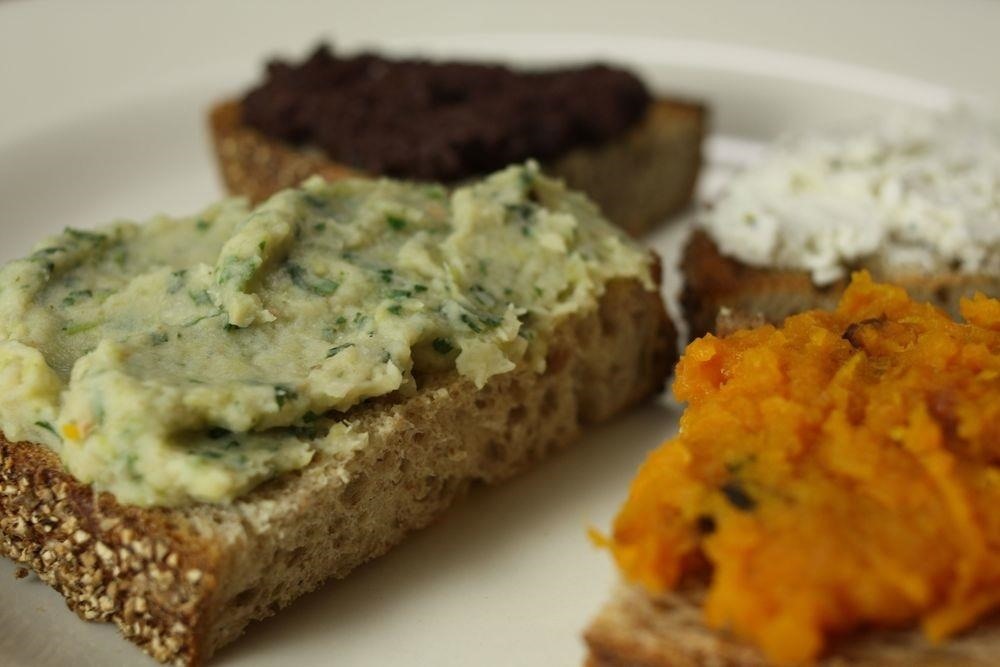
How to Buy Fresh Herbs
If at all possible, try to get to a local farmer's market early in the morning to buy your herbs. They're much fresher than the ones at the supermarket. This fact sheet points out that the volatile oils that makes herbs so flavorful can be activated by too much sun exposure or handling, so make sure you carefully select herbs that aren't wilted, dried-out, or bruised.
How to Store Fresh Herbs
If you have to store herbs for a few days, there are a few tricks to getting them to last longer.
Tougher herbs that have woody stalks, thicker leaves, and sharp sprigs like rosemary, thyme, and sage can be stored loosely in a plastic bag or plastic wrap. You don't want to trap any moisture in there, which can cause the herbs to mold. Real Simple recommends that you place them in the warmest part of your fridge.
Other, more delicate herbs like parsley, cilantro, and basil shouldn't get the same treatment. Those aforementioned volatile oils will dry up and leave you with a handful of tasteless leaves. Instead, treat them like flowers: snip the ends and stand them upright in an inch of water in a sturdy container. You can leave them on your counter rather than refrigerating them.
Alternately, you can also give delicate herbs longer life by wrapping them in a damp paper towel. Cooking Light recommends then placing them in a plastic bag filled with air to further extend their shelf life.

Rinsing Herbs: Don't Run 'Em Under the Faucet
Since moisture shortens the life of herbs, chefs only wash them once they're ready for use. Instead of rinsing them under a gushing faucet, which might bruise them, take a more gentle approach: Fill a large bowl with cold water, toss the herbs in, and gently swish them around the bowl to release any grit. If you're rinsing a dainty herb like dill, you can take the precaution of swirling the bowl around instead.

Next, dry them gently with a paper towel, lay them on a clean dish cloth to drip-dry, or run them through a salad spinner.
Herb Chopping Tricks
While working as a line cook, I learned that a dull knife is the enemy of fresh herbs. A sharp knife is essential to prepping herbs if you don't want to bruise them and muddy their flavors. If you don't have a super-sharp knife, tearing herbs with your hands is the next best alternative. A really sharp pair of kitchen shears works and spares you from having to wash a cutting board, too.
Sometimes herbs can slide around when you try and cut them. Here's a trick I learned: toss a little salt on your cutting board to keep them from moving around. (P.S.: Salt can also stop chopped garlic from sticking to your knife, too.)
How to De-Leaf Thyme & Rosemary
A few herbs are best prepared without a knife, like thyme and rosemary. All you need to do is hold the stem at the top and run your finger downward, opposite the direction the leaves grow. (For rosemary, you may want to chop the leaves once picked since they're larger than thyme.)

Cook's Illustrated recommends using a colander to easily de-leaf these types of herbs: just insert the stem in one of the holes and pull it through to the other side, in the opposite direction the leaves grow. Be sure to place a bowl underneath so you can catch the leaves.
How to Preserve Fresh Herbs for Later
If you have more herbs than your kitchen can handle, freeze them. Place herbs into an ice cube tray and cover them with water or oil. (You can chop the herbs beforehand if you like to cram even more of them into the compartments.) Once the herbs are frozen, you can add them to a cocktail or thaw them out for cooking purposes.


Another option is to make your herbs into a sauce for freezing for more intense flavor. Just follow your favorite pesto recipe and sub in your herb of choice for the basil (handy tip: any dark, leafy green with tender leaves works as "pesto," including spinach and arugula).
Same drill: place spoonfuls of pesto into an ice tray, then freeze. When you're ready to use the pesto, all you need to do is microwave the cubes or simply throw them into a skillet or sauce pan with your other ingredients.

You can also easily hang or microwave your herbs to dry them out and preserve them for future use. You can read more about those methods here.
More Fun with Herbs
Learn how to slap herbs to get more flavor, and check out which herbs and veggies you can eat once and then regrow forever. You can also learn how to make your own herbed spreadable butter.
Just updated your iPhone? You'll find new emoji, enhanced security, podcast transcripts, Apple Cash virtual numbers, and other useful features. There are even new additions hidden within Safari. Find out what's new and changed on your iPhone with the iOS 17.4 update.



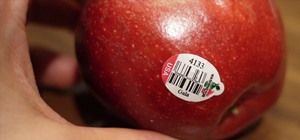



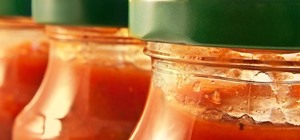
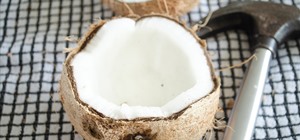

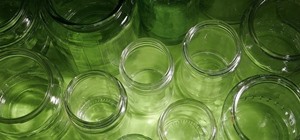

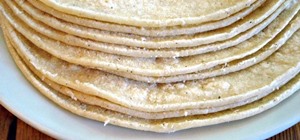

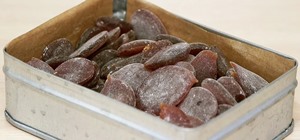






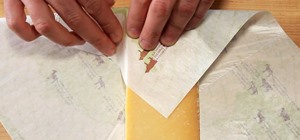
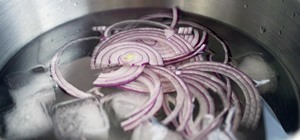
Be the First to Comment
Share Your Thoughts